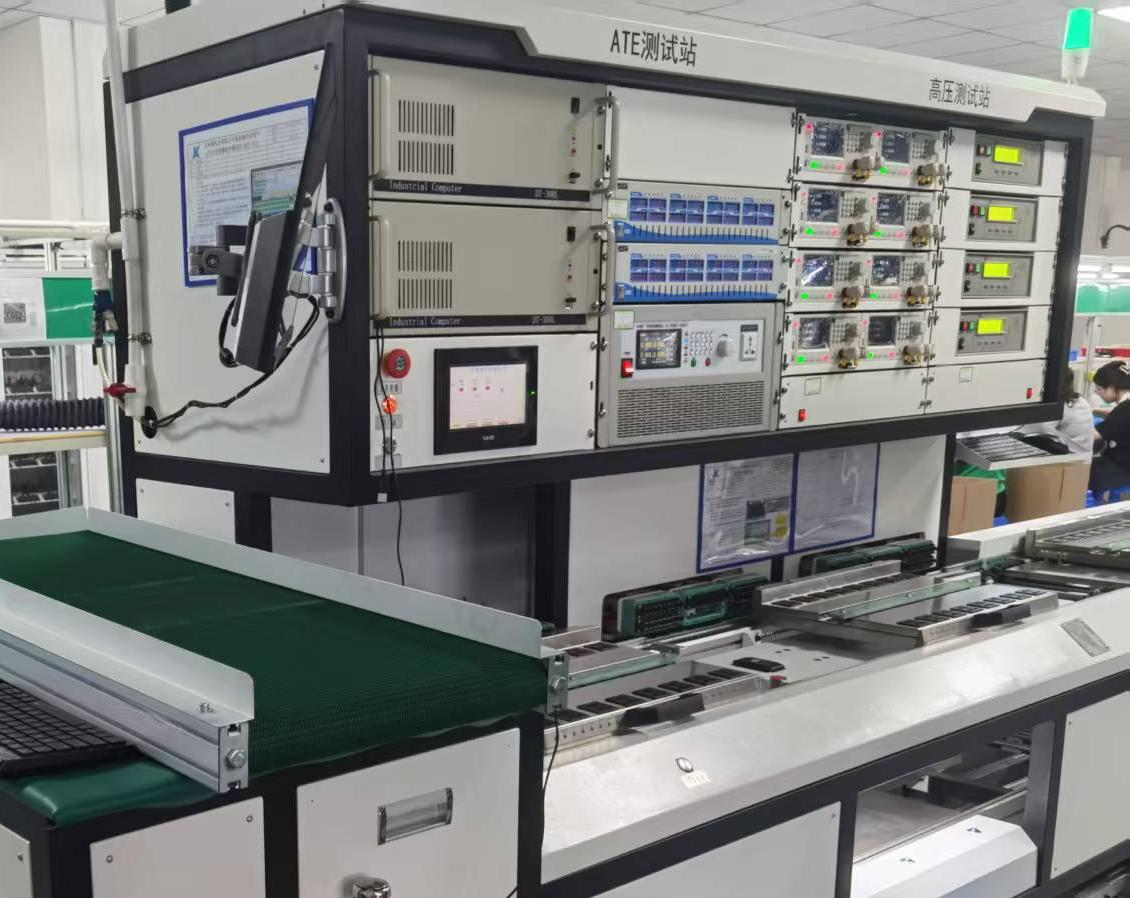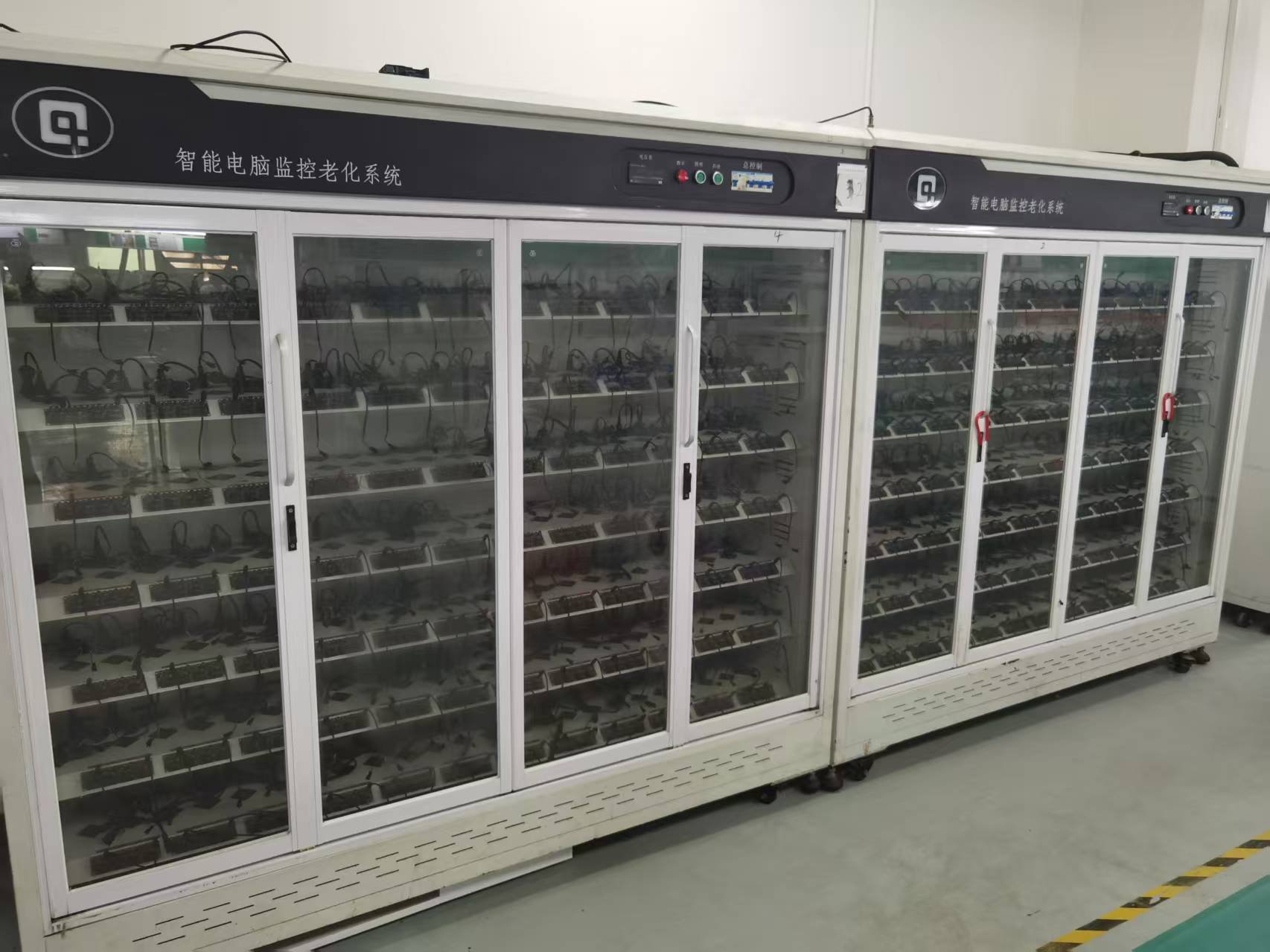
High-voltage testing in the manufacturing of power adapters is a critical step to verify the insulation performance of products. This process involves applying high voltage to detect the insulation reliability between internal high-voltage and low-voltage regions. During testing, the high-voltage terminal of the withstand voltage tester is connected to the adapter's input side, while the grounding terminal is connected to the enclosure or output terminal. Typically, an AC voltage of 1,500V to 3,000V is applied for 1 minute according to standards, with leakage current required to be ≤1mA. If no breakdown occurs and leakage current remains within the limit during testing, the product is deemed qualified; otherwise, issues such as insulation damage or poor component soldering need to be investigated. Testing must strictly follow standards and use specialized equipment to ensure accuracy and safety.

The aging machine in power adapter production is a testing device used to simulate long-term operating conditions. By applying complex operating scenarios such as high load and transient current, combined with temperature and humidity environmental control, it rapidly verifies the stability and reliability of power supplies. Its core functions include multi-mode load switching, output voltage accuracy monitoring, and leakage current detection, complemented by an automated test system for real-time data logging and anomaly early warning. Designed with a modular structure, it supports customizable aging curves and remote monitoring, enabling early detection of potential defects like soldering cold joints and capacitor aging, thereby significantly reducing mass production defect rates.